I'm just going to bullet list these changes. I believe that I have acquired enough knowledge about the workings of shifter karts to finally start to write some more technical posts about the 'whys' of karting. After flipping through a good majority of Carrol Smith's three most popular books and after hours of trying to figure out every angle and dimension oh the chassis of this Tony Kart, I feel that it is all starting to make some very time-tested sense. So today's post is mostly about some changes that I have made to the setup of the kart, with a belief reason why I made each of the changes.
Pushing the front wheels in will shorten the lever arm from the center line of the kart to the point of contact with the road. By shortening this length the normal force (the amount of force going directly into the road, as opposed to the force going perpendicular) will have to be increased to accommodate the rolling moment of the kart in a turn. Normally people try to push the tires as far OUT as they can to prevent the car from rolling over. Makes sense, but in this case I couldn't make this kart flip over if I tried. They are SO wide that I can afford to narrow up the wheels and not roll over.
What does all this mean? When anyone turns a car, you probably feel the car want to roll (lean over) towards the outward direction of the turn. The force that causes this leaning, is known as the rolling moment (a moment is a force that causes a rotation, as opposed to moving in a straight line. You might know this term as 'torque'). This rolling moment is countered by the normal force on the tires. Otherwise you would just keep rolling over, this is what is happening when a car rolls over, the tires have lost the power to push back against the rolling moment of the car. By pushing the wheeling INWARD, the force on the tires to push back against this rolling moment will have to be GREATER since the 'arm' is shorter.
With this greater normal force on the tire, the kart will GAIN traction since friction depends how hard you push down against the surface (normal force). With more traction, the harder I can corner.
The rear tires also were moved in for similar reasons, but also to help the body of the kart roll more easily. I will discuss the body roll in a kart some other time as well.
Edit: Another side effect of pushing in these tires will be that the inside rear tire will not be unloaded as effectively on the initial turn in. The original plan was to also reduce the stiffness of the rear chassis (via a small bar you can twist to increase or decrease the twist about the axial). However, since I moved in these tires, I am going to have a lot of trouble making the initial turn-in if I don't leave the rear end stiff enough to unload the inside rear tire. So that will be moved from 100% stiffness to only 75% stiffness initially. I will certainly discuss my findings after the next practice session.
That's the changes made so far. Before the next race though I still need to do the following:
-Fix brakes, or maybe learn how to use them correctly (bleeding completed, they are now as hard as a rock. I am going to give a 'vacuum bleeder' a shot, and if that doesn't work, I'm going to make my own damn tool because this should take 5minutes at best and be near perfect every time)
-Fix shifting lever, it is really loose and difficult to reliably shift
-Insert fuel return line
-Acquire and install new radiator assembly (new radiator acquired)
-Lower camber angle?
So until next time,
-S
Pushing the front wheels in will shorten the lever arm from the center line of the kart to the point of contact with the road. By shortening this length the normal force (the amount of force going directly into the road, as opposed to the force going perpendicular) will have to be increased to accommodate the rolling moment of the kart in a turn. Normally people try to push the tires as far OUT as they can to prevent the car from rolling over. Makes sense, but in this case I couldn't make this kart flip over if I tried. They are SO wide that I can afford to narrow up the wheels and not roll over.
What does all this mean? When anyone turns a car, you probably feel the car want to roll (lean over) towards the outward direction of the turn. The force that causes this leaning, is known as the rolling moment (a moment is a force that causes a rotation, as opposed to moving in a straight line. You might know this term as 'torque'). This rolling moment is countered by the normal force on the tires. Otherwise you would just keep rolling over, this is what is happening when a car rolls over, the tires have lost the power to push back against the rolling moment of the car. By pushing the wheeling INWARD, the force on the tires to push back against this rolling moment will have to be GREATER since the 'arm' is shorter.
With this greater normal force on the tire, the kart will GAIN traction since friction depends how hard you push down against the surface (normal force). With more traction, the harder I can corner.
The rear tires also were moved in for similar reasons, but also to help the body of the kart roll more easily. I will discuss the body roll in a kart some other time as well.
Edit: Another side effect of pushing in these tires will be that the inside rear tire will not be unloaded as effectively on the initial turn in. The original plan was to also reduce the stiffness of the rear chassis (via a small bar you can twist to increase or decrease the twist about the axial). However, since I moved in these tires, I am going to have a lot of trouble making the initial turn-in if I don't leave the rear end stiff enough to unload the inside rear tire. So that will be moved from 100% stiffness to only 75% stiffness initially. I will certainly discuss my findings after the next practice session.
That's the changes made so far. Before the next race though I still need to do the following:
-Fix brakes, or maybe learn how to use them correctly (bleeding completed, they are now as hard as a rock. I am going to give a 'vacuum bleeder' a shot, and if that doesn't work, I'm going to make my own damn tool because this should take 5minutes at best and be near perfect every time)
-Fix shifting lever, it is really loose and difficult to reliably shift
-Insert fuel return line
-Acquire and install new radiator assembly (new radiator acquired)
-Lower camber angle?
So until next time,
-S
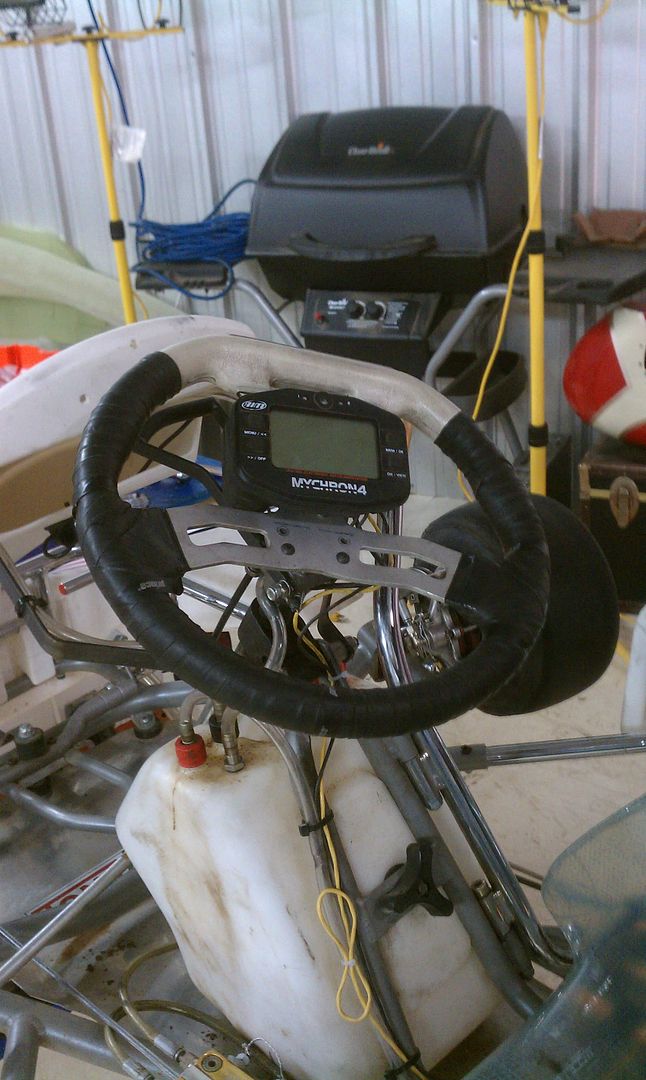
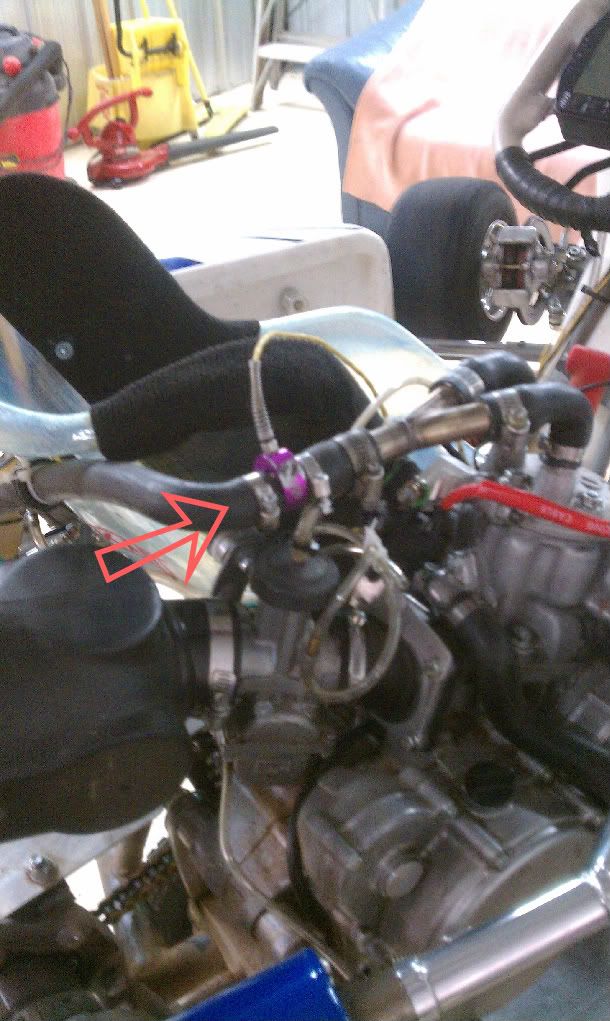
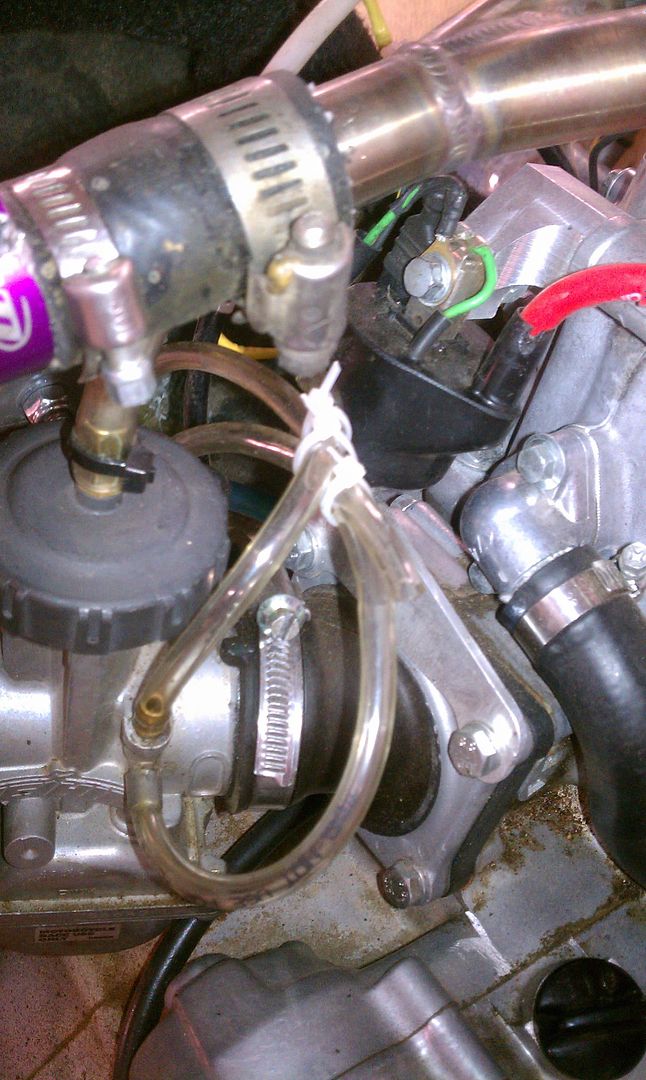
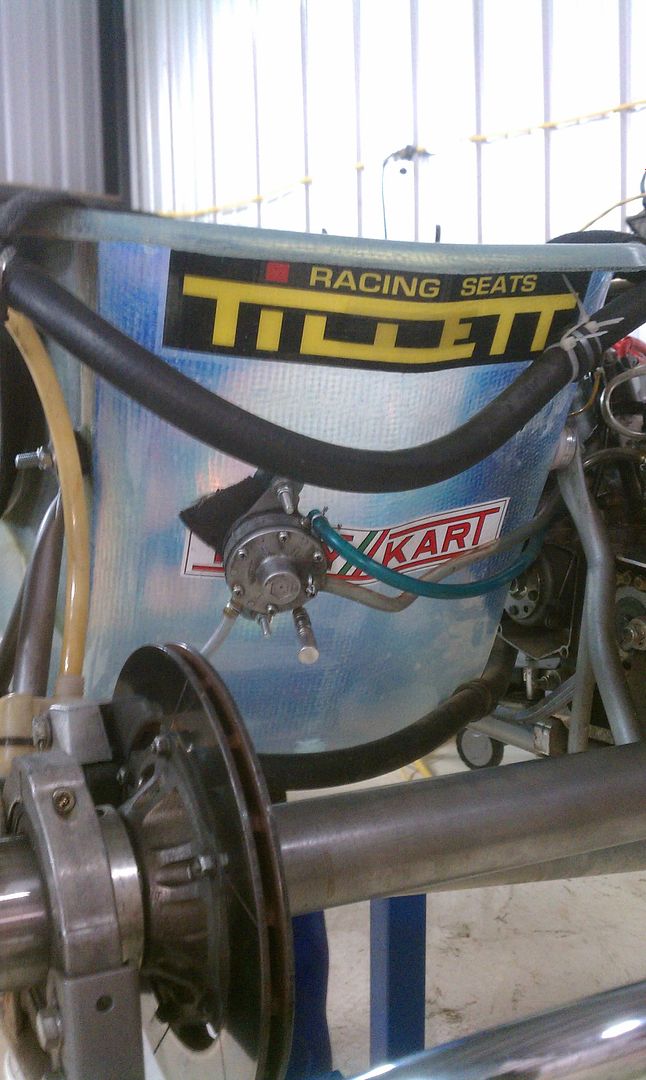
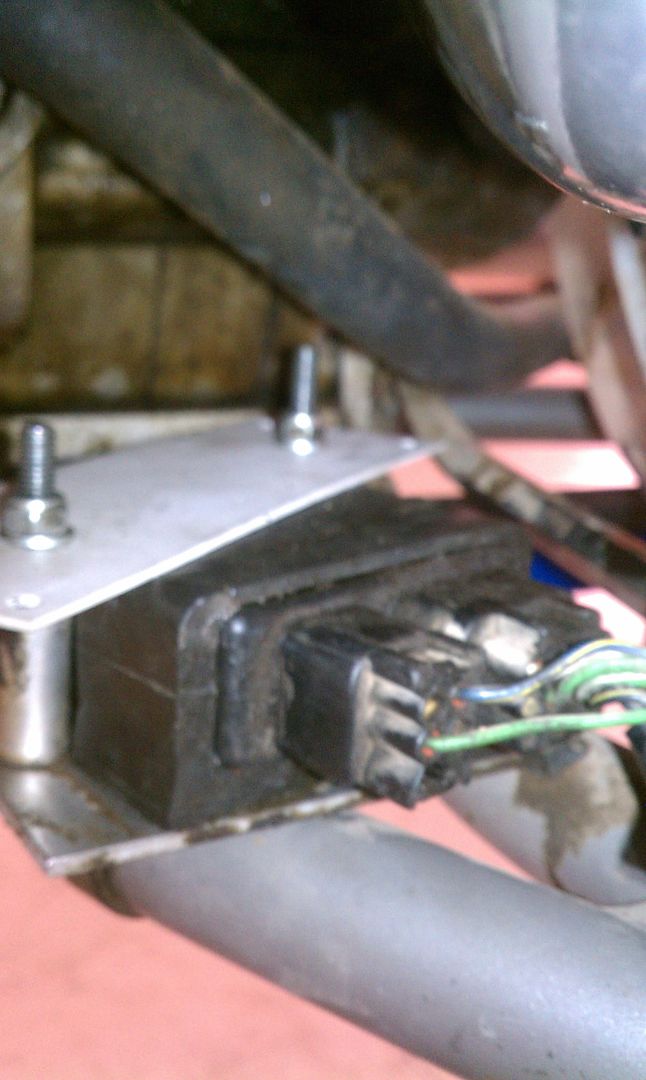
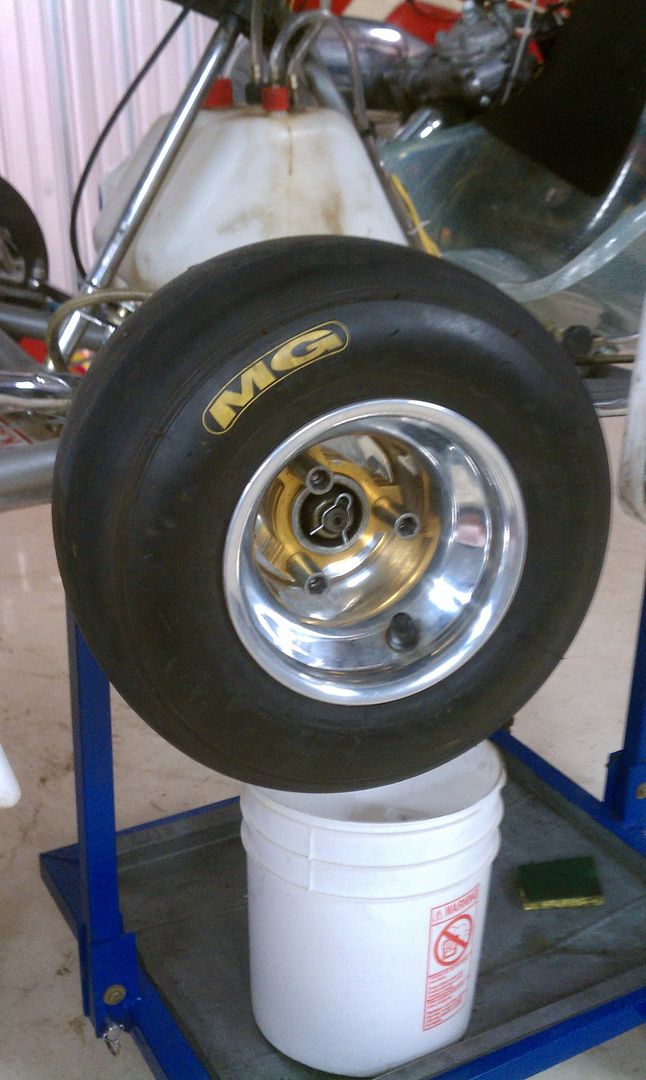

No comments:
Post a Comment